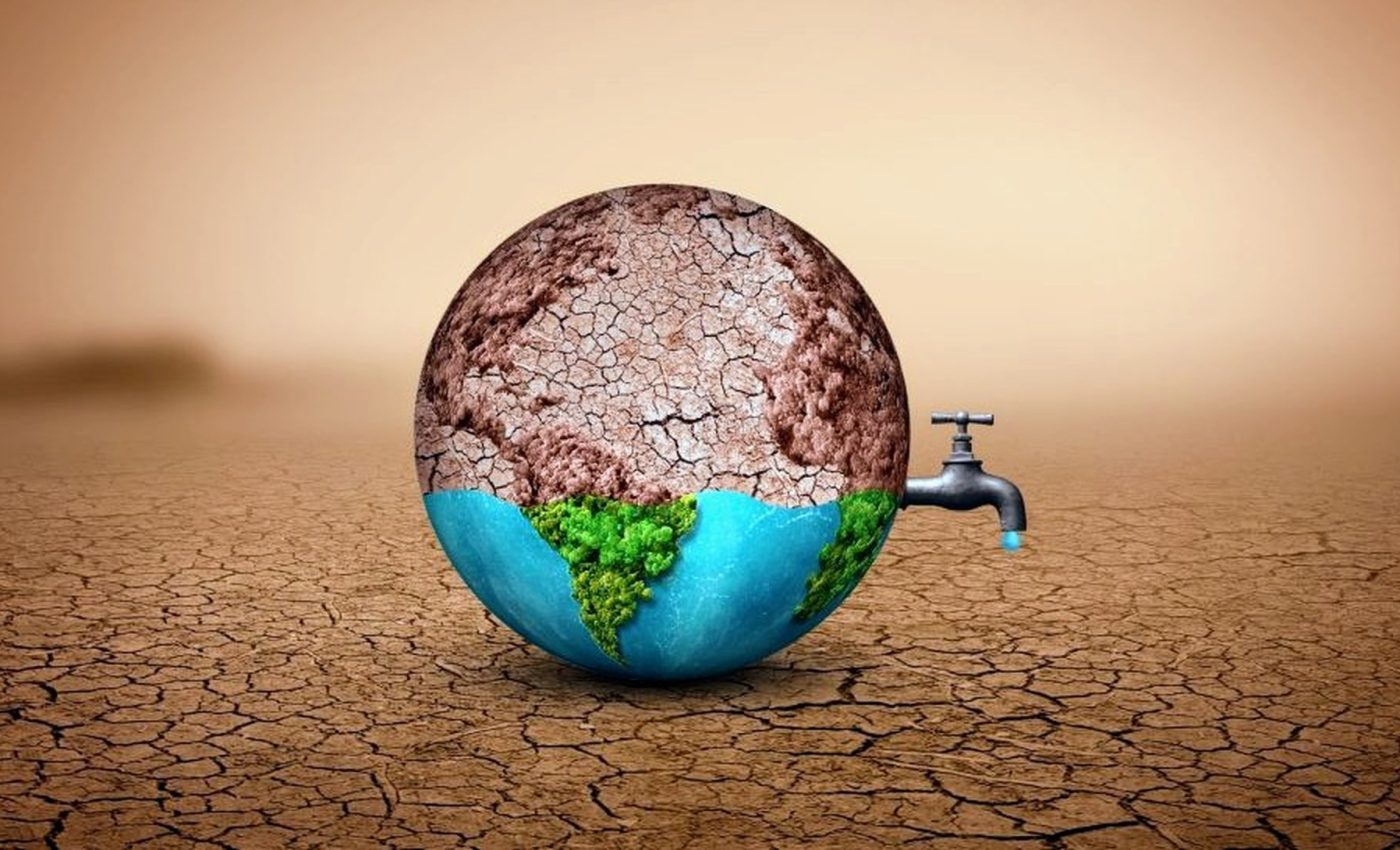
Groundwater temperatures are rising due to climate change
Groundwater temperatures are one of the things affected as our planet’s climate warms due to the increased concentration of greenhouse gases in the atmosphere.
This warming extends beyond what we see in the air and ocean. It influences the Earth’s surface, including soil and groundwater, which absorb and store heat.
Temperature of groundwater
Groundwater is the water found beneath the Earth’s surface, stored in the cracks and spaces in soil, sand, and rock. It is a critical source of drinking water, irrigation for agriculture, and industrial processes.
Groundwater comes from precipitation that infiltrates the ground, moving through the soil and rock layers until it reaches an area it can no longer penetrate, forming aquifers.
The temperature of groundwater is important because it influences water quality and the health of ecosystems. Warmer groundwater can increase the concentration of harmful substances like arsenic and manganese, posing health risks. It can also disrupt aquatic life, biogeochemical processes, and the thermal regimes of rivers.
Additionally, higher groundwater temperatures can promote the growth of pathogens in water distribution networks.
Projecting groundwater temperature changes
Understanding and managing groundwater temperature is crucial for ensuring safe drinking water, preserving ecosystems, and mitigating the impacts of climate change.
Recent research from the Institute of Photogrammetry and Remote Sensing and the Institute of Applied Geosciences has begun to address this knowledge gap.
“To close this gap, we have simulated the projected changes in global groundwater temperatures through 2100,” explained Dr. Susanne Benz.
Varying temperatures at different depths
The study, which involved Dr. Kathrin Menberg and Professor Philipp Blum, provides detailed maps showing how groundwater temperatures will vary at different depths across the globe.
The findings indicate that areas with shallow groundwater tables or significant atmospheric warming will experience the highest rates of groundwater warming.
The projections are based on two climate scenarios: SSP 2–4.5 and SSP 5–8.5. These scenarios represent different pathways for future socioeconomic development and greenhouse gas concentrations.
SSP 2–4.5 is a middle-range scenario, while SSP 5–8.5 represents a high-end, worst-case scenario.
Groundwater temperatures: Forecast and implications
The study forecasts a significant rise in groundwater temperatures by 2100. The results suggest an increase of 2.1 degrees Celsius under SSP 2–4.5 and 3.5 degrees Celsius under SSP 5–8.5.
“There are already about 30 million people living in regions where the groundwater exceeds the strictest drinking water guidelines for temperature. This means the water might not be safe to drink without treatment,” noted Dr. Benz. By 2100, this number could swell to hundreds of millions, depending on the scenario.
Estimates range from 77 to 188 million people for SSP 2–4.5 and 59 to 588 million for SSP 5–8.5. The variations are due to differences in regional climate change impacts and population trends.
Ecological and health impacts
Groundwater temperature is a critical factor in water quality, affecting chemical, biological, and physical processes.
“Rising groundwater temperatures can increase the concentrations of harmful substances like arsenic or manganese, posing health risks, especially if the groundwater is used for drinking,” said Dr. Benz.
Warmer groundwater also disrupts ecosystems, impacting aquatic life, biogeochemical processes, geothermal energy potential, and thermal regimes in rivers.
Water distribution networks
Increased groundwater temperatures can lead to exceeding critical thresholds in water distribution networks, potentially promoting the growth of harmful pathogens such as Legionella which presents a direct threat to human health.
Fish species, particularly salmon, are also at risk if their groundwater-dependent spawning grounds become too warm.
“Our results highlight the importance of taking action to protect groundwater and finding sustainable solutions to mitigate the negative impacts of climate change on groundwater,” said Dr. Benz.
Addressing the impacts of climate change
As the Earth’s climate warms, understanding and addressing the impacts on groundwater is crucial. This research highlights the need for proactive measures to protect this vital resource.
Rising groundwater temperatures can degrade water quality, making it unsafe for drinking without treatment.
It also disrupts ecosystems, affecting aquatic life and biogeochemical processes. By taking action now, we can ensure safe drinking water and preserve ecosystems for future generations.
Protecting groundwater from the impacts of climate change is essential for sustaining both human health and the environment.
—–
Like what you read? Subscribe to our newsletter for engaging articles, exclusive content, and the latest updates.
Check us out on EarthSnap, a free app brought to you by Eric Ralls and Earth.com.
—–













